Celebrating the Centennial of Edgar Rice Burroughs
- 1875-1950
Sponsored by the Associated Students of CSUF.
About the Sculpture
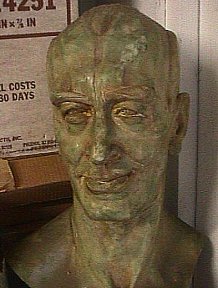 The
bust of Edgar Rice Burroughs which is to become a permanent part of the
CSUF Library Special Collection, was executed by Althea B. McLaren. Althea,
whose bronze sculptures include a bust of Senator Cameron, of Canadian
Parliament (and is now on tour as part of an exhibit of the Baniff {sic}
School of Fine Arts), has also done commissions for Cal State Fullerton
(e.g. a bust of founding president Langsdorf, and a bronze plaque commemorating
the three coaches killed in a tragic accident). Her paintings are in collections
in England, Japan and Finland.
The
bust of Edgar Rice Burroughs which is to become a permanent part of the
CSUF Library Special Collection, was executed by Althea B. McLaren. Althea,
whose bronze sculptures include a bust of Senator Cameron, of Canadian
Parliament (and is now on tour as part of an exhibit of the Baniff {sic}
School of Fine Arts), has also done commissions for Cal State Fullerton
(e.g. a bust of founding president Langsdorf, and a bronze plaque commemorating
the three coaches killed in a tragic accident). Her paintings are in collections
in England, Japan and Finland.
Special thanks are due Veronica Chiang, Linda Herman, Carl Wacek and
Robert Porfirio, for their invaluable help in setting up the exhibit and
securing films.
Gratitude must also be extended to artist Russ Manning, for the loan
of numerous original drawings for the exhibit, and to Bob Clampett, for
his outstanding animated cartoon, John Carter of Mars.
The name of Edgar Rice Burroughs deserves a special place among American
authors for a variety of reasons. Not only is he the creator of the noblest
and most imaginatively conceived "pop hero," Tarzan, but in his versatility,
he blazed new trails in the direction of Science Fiction, Western novels
and Adventure stories.
Experts on style and literacy form continue to argue about Burroughs'
place among such obviously stellar writers as Faulkner, Hemingway, and
Fitzgerald. But if we were to take seriously Leo Tolstoy's dictum that
greatness in literature must be measured in terms of its acceptability
among the masses of people, then Burroughs does indeed stand tall. His
more than seventy novels have been translated into nearly every major language
on earth, and read by countless millions.
What Burroughs achieved in the person of Tarzan, was the creation of
a hero of classic dimensions, yet who was fully human, subject to both
physical and emotional suffering.
But there is much more to Tarzan than a super-hero. He represents a
unique blend of the Natural Man and the civilized Gentleman. Born of aristocratic
parents, Lord and Lady Graystoke (sic), he was kidnapped by a tribe of
great apes in the African rain forests, and raised to speak the language
of animals and become Lord of the Jungle. Introduced to civilization by
a French officer, D'Arnot (whom he rescued from death in the jungle), he
learned to speak several European languages as well as English, drive a
car, and eventually fly his own plane. Reinstated into the HOuse of Lords
in England, he was to become the most unusual creation of modern literature.
Tarzan was legally married to Jane Porter, in The ReturnofTarzan,
which was volume two of Burroughs' series.
It has been a source of great disappointment to readers of Burroughs'
work that the movie industry has never made a serious effort to recreate
the character on the screen. The result has often been not only a virtual
defamation of his personality as Burroughs' intended it, but has led to
many misunderstandings.
Two examples will suffice. One is that the novels are "racist" since
Blacks were sometimes caste (sic) as villains. But Burroughs often made
Blacks heroes in the books, as is the case of the Waziri Warriors who were
Tarzan's hand-picked companions in many adventures. Indeed, one of the
present writer's students at the university, a Black student from Nigeria,
commented recently "Tarzan is greatly loved in my home country."
A second misunderstanding, fostered by the movies, is that Tarzan was
"living in sin" with Jane. As this has already been noted, he was officially
married to her and together they had a son who featured in some of the
later novels.
But more important, is a time of the "anti-hero," when nobility of purpose
and individual courage seen out of fashion, the rediscovery of Tarzan by
a new generation of youth (and he is even more popular now in Europe than
in America), raises the question of whether many of the rest of us have
become out-of-date.
The present celebration of Burroughs' centennial is simply a way of
saying thanks for reminding us of the possibilities resident in our humanity.
Robert B. McLaren, Ph.D.
California State Univ
Fullerton, California


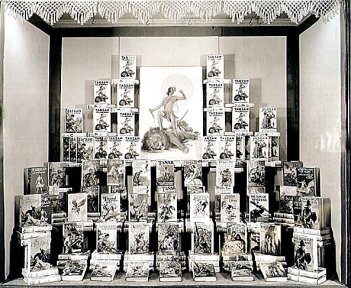
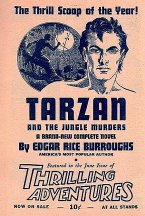
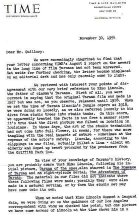



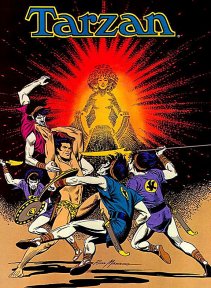
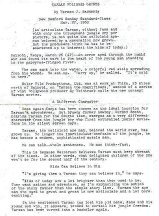
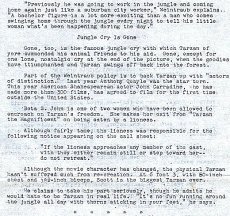
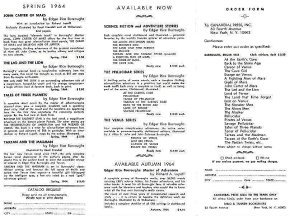
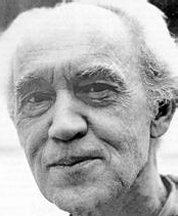
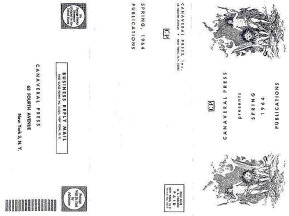

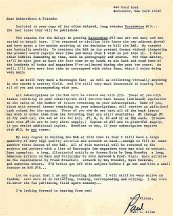
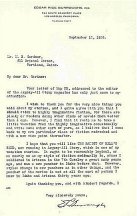
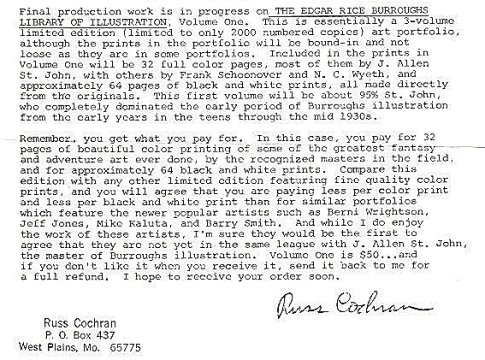
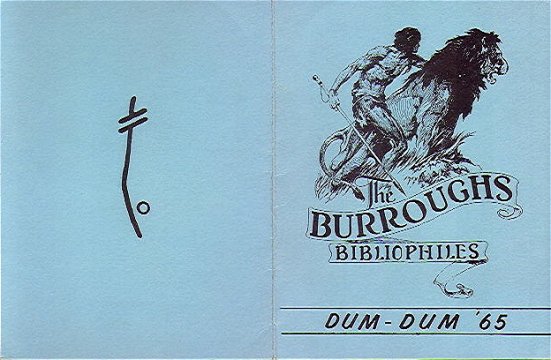


![]()
![]()
![]()
![]()

![]()